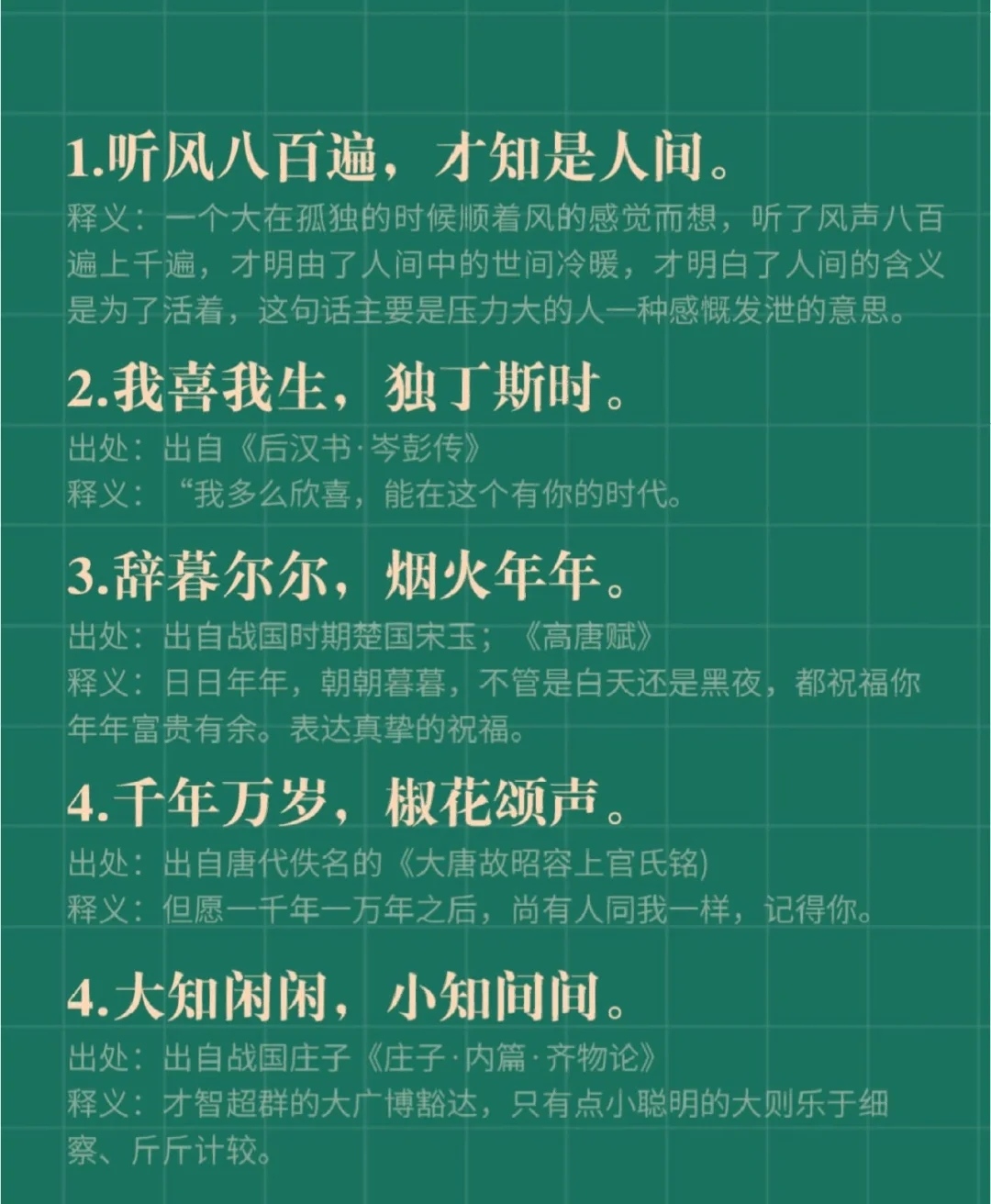When I was first learning to meditate, the instruction was to simply pay attention to my breath, and when my mind wandered, to bring it back.
当我第一次学习冥想的时候,得到的指示就是,简单地注意自己的呼吸,而当我的心思开始游走了,就把它拉回来。
Sounded simple enough. Yet I’d sit on these silent retreats, sweating through T-shirts in the middle of winter. I’d take naps every chance I got because it was really hard work. Actually,it was exhausting. The instruction was simple enough but I was missing something really important.
听起来很简单。但当我在静坐冥想时,即使在冬天也会让我汗流浃背。我抓到机会就会小睡片刻,因为真的很辛苦。实际上,是精疲力竭了。指示是很简单,但我错过了很多重要之地方。
So why is it so hard to pay attention? Well,studies show that even when we’re really trying to pay attention to something — like maybe this talk — at some point, about half of us will drift off into a daydream, or have this urge to check our Twitter feed.
那为什么专注会这么困难呢?根据研究指出,就算是我们尝试着专注于一些事情,就好像这个演讲到某个时间点,我们当中会有一半的人,都会恍惚进入神游状态,或是会有一股冲动,想去查看一下推特的内容。
So what’s going on here? It turns out that we’re fighting one of the most evolutionarilyconserved learning processes currently known in science, one that’s conserved back to the most basic nervous systems known to man.
这到底是怎么回事呢?原来我们与之抗争的,是一种最近被科学界发现的「演化保守的学习过程,它会被保存在人兴所和的最基本的神经系统里






















暂无评论内容